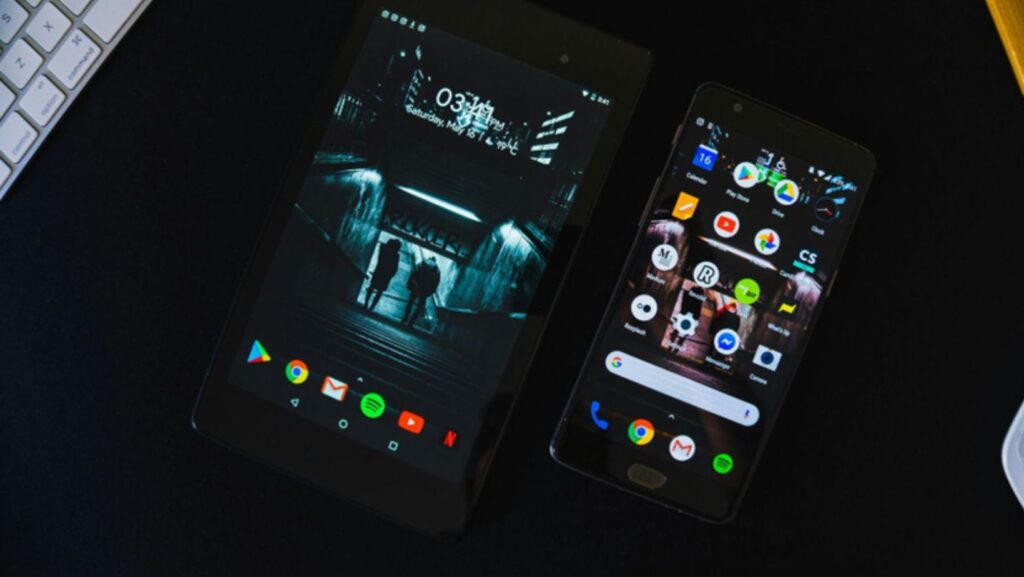
Numbers can be captivating, but they rarely tell the whole story. Take mAh—short for milliampere-hours—which is found on everything from smartphones to electric vehicles and even gaming devices. That figure, though common in specs, barely scratches the surface of a battery’s true performance.
Nowadays, with gadgets handling a growing number of features, relying just on mAh ratings can be misleading. People are already aware that the value of a battery is not just determined by its mAh capacity; there’s an increasing number of factors that truly measure power.
And yes, this is also true for leisure tech such as gaming. If you’re addicted to the latest console or spending a lot of time in real-time digital casino activities—like when you try your luck playing roulette—your battery life can make or break the session. But to truly understand how long your device will last, you need to look beyond the mAh number.
The Problem with mAh: What It Tells You (and What It Doesn’t)
Look at it this way: on paper, a 5,000 mAh battery seems to be significantly more powerful than a 3,000 mAh battery. Anyway, it’s quite more complex than it looks.
For example, voltage is really important. Two batteries may have the same mAh, but if one works at a higher voltage, it will deliver more energy—which is correctly stated in watt-hours.

Then there’s gadget efficiency. A well-tuned chip or refined software may allow a 4,000 mAh battery to last significantly longer than a badly optimized 6,000 mAh device. Think about modern gaming apps or live digital casino experiences (say, a few rounds of roulette): adaptive screen refresh or efficient background tasks reduce consumption in surprising ways.
Plus, how you actually use a device—whether rough-and-tumble gaming, marathon video streaming, or constant GPS navigation—completely changes the picture. In many cases, mAh remains just an out-of-context figure.
Better Metrics: Watt-Hours and Real-World Performance
Watt-hours are increasingly being used by battery specialists and tech fans to figure out what a battery can supply. Watt-hours incorporate both current and voltage into the calculation, providing a more accurate representation of energy capacity.
However, real-world performance tests are far more important than chart data. Even if it’s long gaming sessions, face-to-face video chatting, or simple browsing, hands-on tests show how battery life holds up under everyday pressures.
Those that engage in high-resolution gaming or non-stop live digital casino tables require a device that can manage heavy images, real-time data, and a constant connection—all while keeping cool. None of that vibrancy is captured by the mAh label alone.
Why It Matters for Gamers and Tech Enthusiasts
Gamers, especially those on the move, are usually the first to notice when a device just can’t keep up. A strict focus on mAh might be too optimistic and leave you high and dry mid-session.
The most important conclusion is that understanding battery performance means looking beyond a single number.
Understanding how watt-hours, device efficiency, and actual user activity interact offers you a much better picture of what’s really powering your tech. In the end, while mAh is obvious, it’s only part of a much richer story—one that you really need to read between the specs to fully appreciate.











